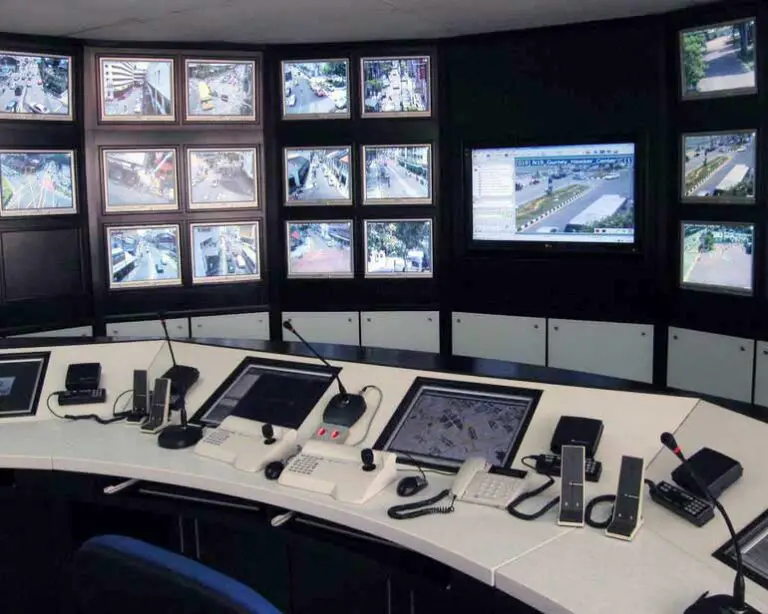This week’s MyCCTV.ie article delves at how crime prevention is affected by video monitoring.
In an increasingly interconnected world, the use of video surveillance has become ubiquitous, with cameras seemingly present on every street corner, in public transportation, and even within private establishments. The rise of video surveillance technology has sparked numerous debates regarding its efficacy in preventing crime, its impact on privacy, and its implications for societal dynamics. This article delves into the multifaceted aspects of video surveillance, examining its role in crime prevention and its broader implications for individuals and communities.
Evolution of Video Surveillance:
The concept of surveillance dates back centuries, but the modern iteration of video surveillance has its roots in the mid-20th century. Closed-circuit television (CCTV) systems emerged as a means of monitoring public spaces and enhancing security. Initially used primarily in government and commercial settings, CCTV systems gradually expanded into public spaces as technological advancements made them more accessible and affordable.
The proliferation of digital technology revolutionized video surveillance, enabling high-definition cameras, remote monitoring capabilities, and advanced analytics. These developments transformed video surveillance from a passive monitoring tool to a sophisticated crime prevention tool, capable of real-time threat detection and proactive intervention.
Crime Prevention Through Surveillance:
One of the primary arguments in favour of video surveillance is its potential to deter criminal activity and enhance public safety. Proponents argue that the presence of cameras in public spaces creates a psychological deterrent effect, dissuading individuals from engaging in illegal behaviour for fear of being caught on camera. Studies have shown that areas equipped with surveillance cameras experience reduced crime rates, particularly in cases of petty theft, vandalism, and other minor offenses.
Moreover, video surveillance enables law enforcement agencies to monitor activity in real-time and respond swiftly to incidents as they unfold. Live feeds from surveillance cameras allow authorities to identify suspicious behaviour, dispatch resources to the scene promptly, and apprehend perpetrators before they can escape. This proactive approach to crime prevention can help prevent crimes before they occur and improve overall public safety.
The Debate on Effectiveness:
Despite the perceived benefits of video surveillance, the effectiveness of these systems in preventing crime remains a subject of debate. Critics argue that while surveillance cameras may deter opportunistic criminals, they are less effective against determined offenders who take precautions to avoid detection, such as wearing disguises or targeting areas with limited camera coverage.
Furthermore, some studies have suggested that the displacement effect may occur, wherein criminals simply relocate their activities to areas without surveillance or adapt their tactics to evade detection. This phenomenon raises questions about the long-term efficacy of video surveillance as a crime prevention strategy and underscores the importance of comprehensive security measures that go beyond mere surveillance.
Privacy Concerns:
One of the most contentious issues surrounding video surveillance is its potential impact on privacy rights. The widespread deployment of surveillance cameras in public spaces has raised concerns about the erosion of individual privacy and the normalization of constant surveillance. Critics argue that pervasive video surveillance represents a form of mass surveillance that infringes upon the fundamental rights to privacy and freedom of movement. Moreover, the advent of facial recognition technology has intensified privacy concerns associated with video surveillance.
Balancing Security and Privacy:
Achieving a balance between security and privacy is essential in the debate surrounding video surveillance. While enhancing public safety is a legitimate goal, it must be pursued in a manner that respects individuals’ rights to privacy, dignity, and autonomy. This requires careful consideration of the design, implementation, and regulation of surveillance systems to mitigate potential harms and safeguard civil liberties.
Transparent governance frameworks, robust data protection measures, and meaningful public oversight are critical components of responsible surveillance practices. Additionally, public engagement and consultation are essential to ensure that surveillance policies reflect the values and priorities of the communities they serve.
Conclusion:
Video surveillance plays a complex and multifaceted role in contemporary society, with implications for crime prevention, privacy, and societal dynamics. While proponents argue that surveillance cameras enhance public safety and deter criminal activity, critics raise concerns about their impact on privacy rights, social inequalities, and ethical considerations.
As technology continues to advance and surveillance capabilities evolve, it is imperative to engage in thoughtful discourse and policymaking to address the challenges posed by video surveillance effectively. By balancing the imperatives of security and privacy and upholding fundamental rights and values, we can harness the potential of surveillance technology to create safer and more inclusive communities.


















